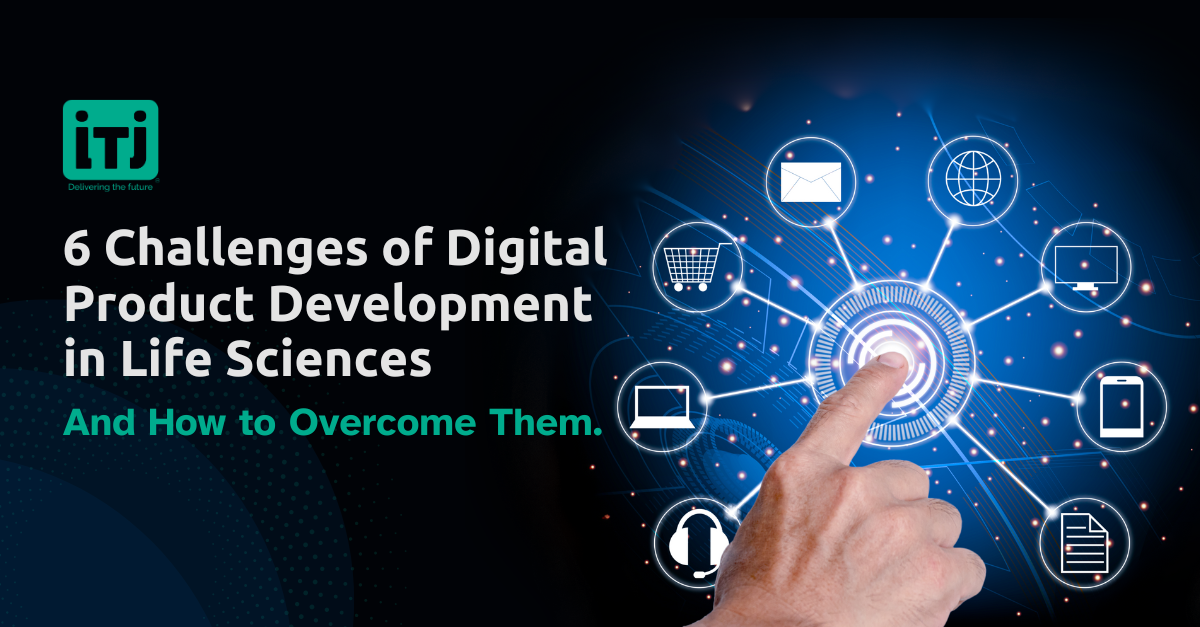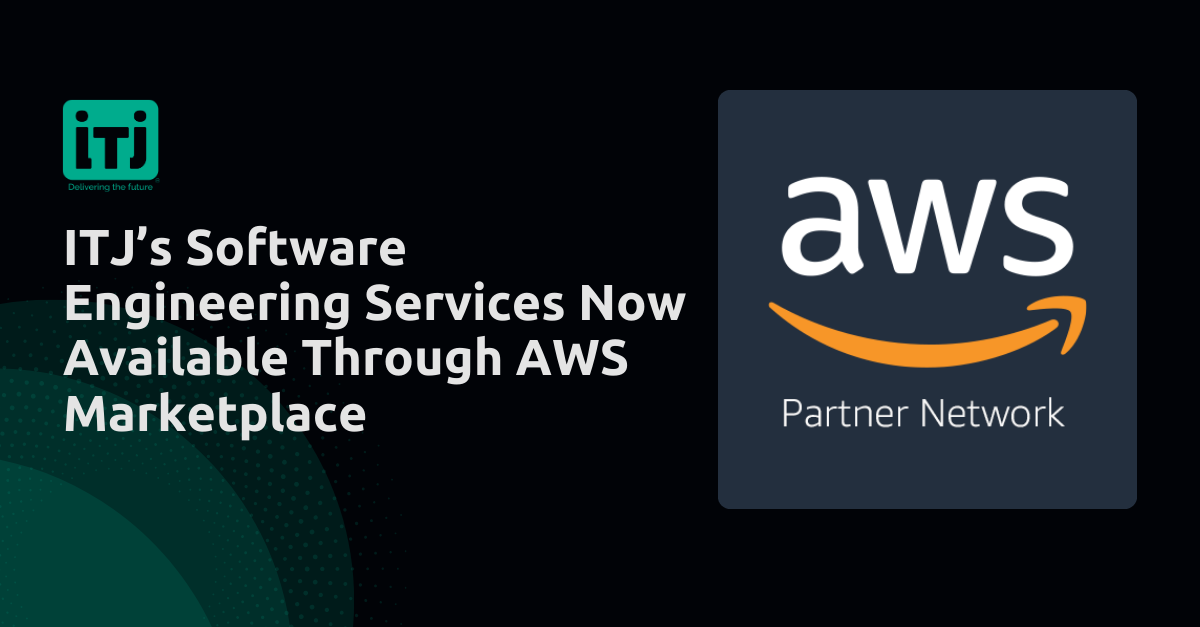The convergence of life sciences and digital product development holds promise for groundbreaking innovations while presenting an array of challenging obstacles. This comprehensive content piece delves into the intricate landscape that professionals and organizations encounter in the vibrant field of life science digital product development. Our aim is to offer valuable insights and strategies for navigating the regulatory, technical, and user-centric challenges that often arise in this domain.
Introduction
The life sciences industry is at the cusp of a digital revolution poised to revolutionize research, development, and patient care. The emergence of cutting-edge digital solutions holds the potential to reshape our approach to pharmaceuticals and personalized medicine. This encompasses not just wearable tech or advanced genetic sequencing but the entire lifecycle of life sciences products, spanning from the laboratory to the patient.
Introducing a digital product in life sciences presents a promising opportunity, yet it comes with its share of challenges. These obstacles extend beyond technical barriers, encompassing areas such as data integrity, regulatory adherence, and user experience. Recognizing, predicting, and addressing these hurdles is vital for success in this swiftly evolving sector.
1. Regulatory Compliance Hurdles
Navigating the intricate realm of life sciences regulations requires a strong resolve. The vigilant supervision by organizations such as the FDA and EMA upholds patient safety while presenting notable challenges for development and market entry.
Overview of Regulatory Challenges
Life science regulations are extensive, complex, and continuously evolving. Compliance goes beyond a one-time checkmark – it’s an ongoing dedication that impacts all phases of product development and distribution.
Strategies to Ensure Compliance
- Early Engagement with Regulators: Engaging with regulators early can provide clarity on requirements and potentially expedite approvals. A study in the Journal of Medical Marketing found that this approach can lead to a more robust assessment of a product’s medical value, benefiting multiple stakeholders like manufacturers, patients, and regulators.
- Cross-Functional Regulatory Teams: Effective early engagement and cross-functional teams can interpret and implement regulations across departments.
- Leverage Technology Solutions: Leveraging technology solutions, like preapproval information exchange (PIE), can be beneficial for regulatory compliance tracking. Research in the Journal of Managed Care & Specialty Pharmacy suggests that technology solutions aid decision-making processes.
- Staying Agile in the Face of Change: Developing internal processes for quick adaptation to new regulations is advantageous. Accounting & Finance research noted the benefits of firms with adaptable processes in facing new regulations. These firms experienced less disruption during the audit process.
2. Data Security Concerns
In the age of data-driven healthcare, safeguarding sensitive patient information is paramount. Life sciences digital products deal with large amounts of personal health data, which makes security not just a priority but a complex, ongoing challenge.
Importance of Data Security in Life Sciences
The high stakes in life sciences – patient well-being and confidentiality – make data security a top concern. Breaches not only risk personal privacy but can also damage an organization’s reputation and trust with stakeholders.
Best Practices for Secure Data Handling
- End-to-End Encryption: Implement robust encryption protocols for all data transmissions and storage.
- Regular Audits and Compliance Checks: Conduct frequent security audits to identify and address vulnerabilities proactively.
- Employee Training Programs: Shore up the weakest link in most security systems – human error – through comprehensive training and awareness programs.
- Partnership with Secure Data Vendors: Select vendors with high-security standards and engage with them to ensure compliance throughout the product lifecycle.
3. Integration Complexity
For digital products to truly impact life sciences, they must seamlessly integrate into existing workflows and systems. The complexity of these integrations often leads to significant development overhead and time constraints.
Challenges Related to Integrating Digital Products
Siloed systems, legacy software, and a rapidly evolving digital landscape pose substantial hurdles for integration efforts. Interoperability is the linchpin, and achieving it requires careful planning and execution.
Solutions for Seamless Integration
- API-First Development: Begin with API development for your digital product to provide a solid foundation for future integrations.
- Standardization Initiatives: Contribute to and adopt industry-wide standardization efforts to reduce integration barriers.
- Adaptive Change Management: Develop robust change management strategies that involve stakeholders early and often throughout the integration process.
- Partner Ecosystem Development: Cultivate a network of strategic partners to create integrated digital health solutions that address a range of needs.
4. User Experience Optimization
In the high-pressure world of healthcare, user experience can be a life-or-death matter. Doctors, nurses, and patients rely on intuitive, efficient digital tools to deliver and receive care.
Significance of User Experience in Digital Products
A well-designed product can improve workflow, reduce error rates, and increase user adoption and satisfaction. In the life sciences industry, these factors can directly impact patient outcomes.
Techniques to Enhance User Experience
- User-Centric Design Processes: Start with end-users in mind and incorporate their feedback at every stage of development.
- Iterative Prototyping and Testing: Create multiple prototypes and conduct extensive user testing to refine the user interface and functionality.
- Performance Optimization: Build products that can handle the rigors of clinical use, offering fast response times and intuitive navigation.
- Post-Launch Support: Continue to engage with users after the product’s release to gather feedback and make iterative improvements.
5. Scalability Issues
The ability to scale is a critical component of a successful digital product in life sciences. Scalability is not just about accommodating more users – it’s also about adapting to new regulations, technological advancements, and emerging markets.
Addressing Scalability Challenges
Scalability issues can manifest in various ways, from sudden spikes in user demand to increased data processing requirements. Failure to address these challenges can result in lost opportunities and a compromised product.
Scalability Solutions and Growth Strategies
- Cloud-Based Infrastructure: Opt for cloud services that can quickly scale up or down to meet demand.
- Modular Architecture: Develop a product with a modular design that allows for easy scaling of individual components.
- Forecasting and Planning: Use analytics and market research to predict scaling needs and plan accordingly.
- Investment in Talent and Technology: Continually invest in training and technology to be prepared for future scaling requirements.
6. Quality Assurance and Testing
In no industry is the maxim “failure is not an option” more apparent than in life sciences. Quality assurance and testing processes are vital to ensure that digital products meet the highest standards of performance, safety, and effectiveness.
Importance of QA in Life Sciences Digital Product Development
The implications of a software defect in a life-critical system can be catastrophic. Rigorous testing is essential to identify and address issues before they reach the end user.
Effective Testing Methodologies and Tools
- Comprehensive Test Plans: Develop a detailed test plan that covers all aspects of the product, from feature functionality to security and compliance.
- Automated Testing Frameworks: Use automated testing tools to increase efficiency and test coverage.
- Regulatory Compliance Testing: Incorporate compliance testing into your QA process to ensure adherence to industry regulations.
- Risk-Based Testing Approaches: Prioritize testing based on potential impact and likelihood of issues to optimize resource allocation.
Conclusion
The road to creating and launching a successful digital product in life sciences is riddled with challenges, but each obstacle is also an opportunity. By recognizing the hurdles and devising strategic solutions, professionals in this space can not only surmount these challenges but also pave the way for unprecedented advancements in healthcare.
In the face of daunting regulatory compliance, security concerns, integration complexities, user experience imperatives, scalability issues, and the full weight of QA, the agile and strategic player will prevail. We encourage all life sciences stakeholders to embrace these challenges, for within them lies the spark of innovation that will define the future of healthcare.


